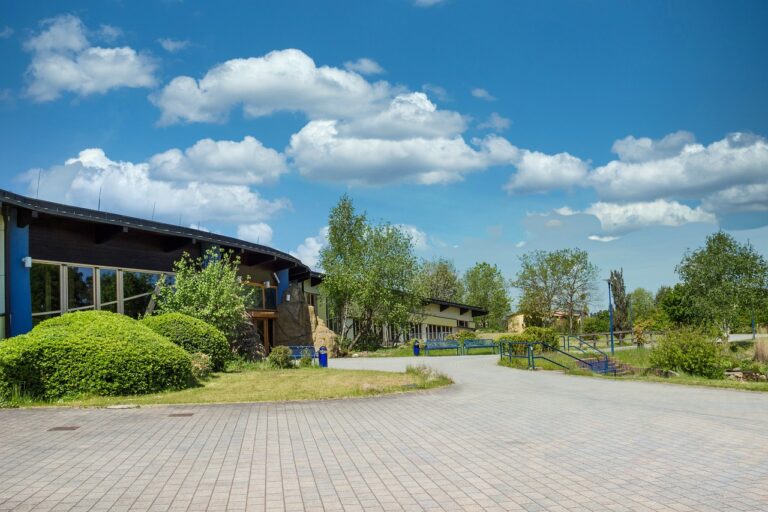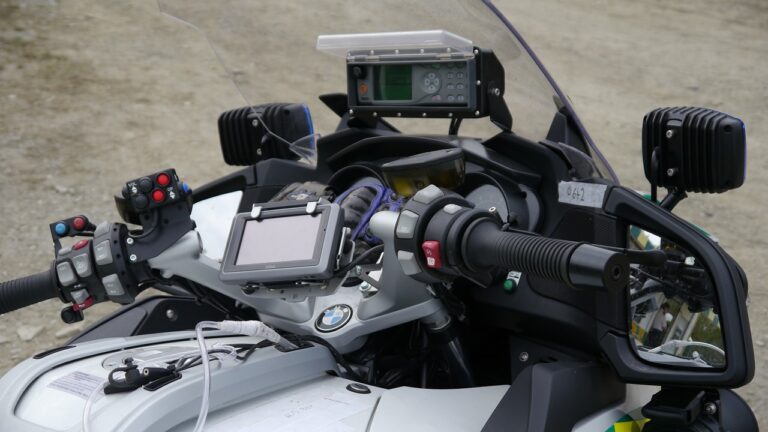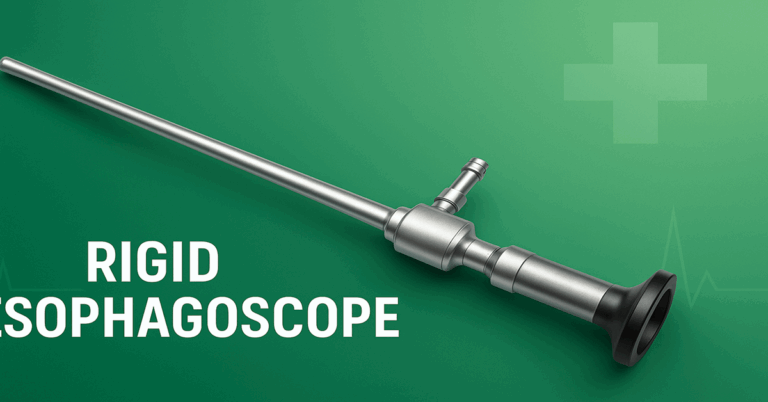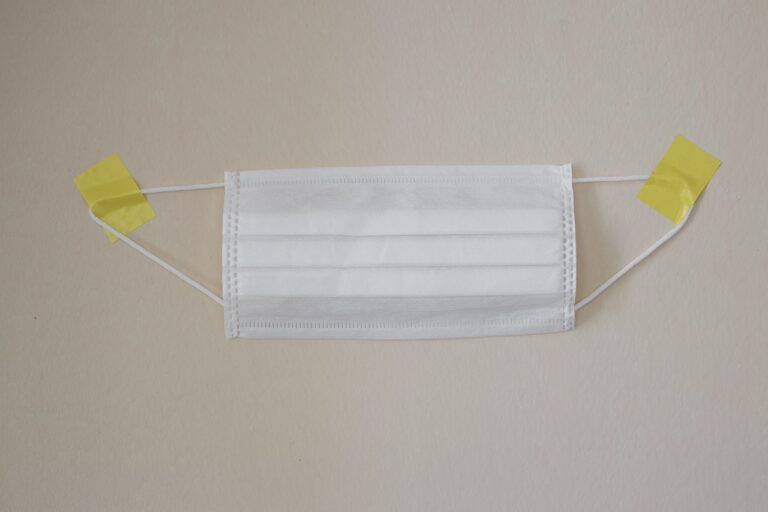Embracing Holistic Healing: TCM in Serangoon and Its Role in Modern Wellness
In the heart of Serangoon, a new wave of integrative health care is gaining traction: Traditional Chinese Medicine (TCM) in Serangoon is becoming a trusted option for residents seeking a holistic approach to wellness. With deep roots in centuries-old practices, TCM offers a blend of herbal therapies, acupuncture, tui na massage, dietary advice, and lifestyle coaching. In Serangoon, clinics are increasingly adopting patient-centric models that harmonize Eastern wisdom with modern diagnostics. This article explores the rise of TCM in Serangoon, its philosophies and modalities, comparisons with conventional medicine, challenges and regulatory standards, and its potential role in Singapore’s evolving health landscape.
What Is Traditional Chinese Medicine (TCM)?
At its core, TCM is a system of health care and preventive care built around the concept of qi (vital energy), yin and yang balance, and the idea of pattern differentiation. Rather than focusing solely on isolated symptoms, TCM practitioners seek to identify underlying imbalances in the body’s internal systems—liver, spleen, lungs, kidneys, heart—and guide patients back toward equilibrium.
Key modalities in TCM include:
-
Herbal medicine: Combinations of roots, leaves, barks, minerals, and animal products tailored to individual constitution and condition.
-
Acupuncture and moxibustion: Insertion of fine needles at specific acupuncture points (and use of heat via moxa) to regulate qi flow and blood.
-
Tui na (Chinese therapeutic massage) and cupping: Hands-on manipulative techniques to stimulate circulation, relieve blockages, and harmonize channels.
-
Dietary therapy & lifestyle counseling: Food viewed as medicine; seasonal and constitutional dietary adjustments, along with sleep, stress, and emotional balance.
-
Qi gong and Tai Chi: Gentle movement practices that cultivate breath, posture, and internal energy.
Because TCM takes a systemic, individualized view, two patients with the same Western diagnosis (e.g. “irritable bowel syndrome”) might receive very different treatments in TCM, based not just on symptoms but on their unique constitutional patterns.
Why TCM in Serangoon Is Gaining Momentum
Serangoon is a vibrant residential hub in the northeast region of Singapore. As communities grow and residents become more health-conscious, demand for alternative and complementary therapies increases. Several factors help explain the rising acceptance of TCM in Serangoon:
-
Chronic health challenges
Many people face ongoing conditions—insomnia, migraines, digestive issues, stress, musculoskeletal pain—that conventional medicine may only partially resolve. TCM’s emphasis on root causes and long-term balance appeals to those seeking sustainable relief rather than symptomatic suppression. -
Aging population and integrative care
Singapore’s demographic trends include an aging population. Older adults often contend with multiple chronic conditions and may prefer gentler, less invasive options. TCM offers a complementary route alongside conventional care (if coordinated properly). -
Cultural familiarity
For many residents with Chinese heritage, TCM practices are part of cultural memory and acceptance. Even for non-Chinese Singaporeans, TCM is increasingly recognized beyond cultural boundaries, especially when practitioners apply evidence-based standards. -
Wellness culture and preventative mindset
The broader global wave of wellness and preventive medicine aligns well with TCM’s philosophy of maintaining balance before disease arises. Many Serangoon residents see TCM not just as treatment but as preventive and lifestyle support. -
Accessibility and localized clinics
Smaller, community-level TCM clinics in Serangoon (in commercial nodes, near MRT stations, within mixed-use developments) make it convenient for residents to walk in for consultation. Some clinics adopt extended hours to suit working individuals.
Thus, TCM in Serangoon is not just a niche offering but part of a broader movement toward integrative, person-centered health care.
The Typical Journey at a TCM Clinic in Serangoon
When a patient visits a TCM clinic in Serangoon, the process tends to unfold along these stages:
-
Initial consultation & syndrome differentiation
The practitioner asks about the patient’s chief complaint, medical history, lifestyle, diet, sleep, emotional state, and more. They may also examine the tongue, pulse, and palpate relevant body regions to arrive at a “pattern diagnosis” (e.g. “liver qi stagnation with dampness”). -
Customized treatment plan
Based on diagnosis, the practitioner prescribes one or more modalities—herbal formulas, acupuncture, tui na, cupping, dietary changes, or qi gong. Adjustments are often made over time as the patient responds. -
Therapeutic sessions
For many chronic or complex cases, patients revisit the clinic multiple times (e.g. weekly or biweekly) to receive acupuncture, adjustments, and re-evaluation. -
Ongoing review and refinement
The practitioner monitors the patient’s progress—symptom changes, side effects, general well-being—and refines the plan, possibly tapering treatments or shifting focus to maintenance and prevention. -
Lifestyle education and self-care
Central to TCM’s philosophy is self-responsibility. The practitioner may advise on diet, stress management, sleep hygiene, breathing exercises, and mild movement (qi gong) as part of a sustained wellness plan.
Patients who engage in this iterative process often report deeper improvements—less relapse, better resilience, enhanced vitality—compared to quick fix approaches that treat only immediate symptoms.
Conditions Commonly Treated with TCM in Serangoon
While TCM is holistic, there are many conditions where it is frequently applied (sometimes in integrative settings alongside conventional care):
-
Musculoskeletal pain & injuries: Back pain, neck strain, joint stiffness, sports injuries, tendonitis
-
Digestive and gastrointestinal issues: Bloating, irritable bowel, gastritis, acid reflux
-
Respiratory and ENT complaints: Allergic rhinitis, chronic sinusitis, cough, asthma
-
Women’s health & gynecological issues: Irregular menses, dysmenorrhea, menopausal symptoms, infertility
-
Stress, sleep, mental-emotional complaints: Insomnia, anxiety, mood swings, fatigue
-
Metabolic and systemic disorders: Mildly elevated blood sugar or lipids (as adjunct therapy), chronic fatigue
-
Post-illness convalescence & rehabilitation: After surgeries, viral illnesses, or chemotherapy, to help the body rebuild strength
It’s important to emphasize that for acute or emergency medical conditions—such as heart attacks, severe infections, trauma—TCM is not a substitute for Western medicine, but may play a supportive integrative role.
Comparisons: TCM vs. Conventional Medicine
Below is a comparative look at some key dimensions:
| Dimension | Conventional (Western) Medicine | TCM Approach |
|---|---|---|
| Focus | Pathogen, specific disease, targeted intervention | Systemic balance, root causes, pattern differentiation |
| Diagnosis | Lab tests, imaging, biomarkers | Pulse, tongue, symptom complexes, holistic view |
| Treatment modality | Drugs, surgery, procedures | Herbs, acupuncture, manual therapies, lifestyle |
| Timeframe | Often quick intervention, symptom relief | More gradual adjustments, often over weeks/months |
| Side effects | Possible, depending on drug | Typically mild if well-prescribed, though herb-drug interactions exist |
| Prevention | Screening, vaccinations, public health measures | Emphasis on maintaining balance, early warning signs, seasonal adjustment |
In integrative models, TCM can complement conventional medicine—helping reduce side effects, boost immune resilience, mitigate chronic issues, and enhance quality of life. However, proper communication between TCM practitioners and Western doctors is essential to avoid contraindications (especially with herbal therapies).
Challenges and Considerations for TCM in Serangoon
Despite its promise, TCM in Serangoon—indeed across Singapore—faces several challenges:
-
Regulation and standards
To ensure safety and quality, TCM practitioners and herbal suppliers must comply with government standards. Proper licensing, quality control of herbs, and adherence to hygienic practices are necessary to maintain public trust. -
Evidence base and clinical trials
While TCM has a long historical tradition, modern “gold standard” clinical trials are fewer. Bridging traditional knowledge with contemporary scientific research remains an ongoing task for acceptance by mainstream medicine. -
Herb-drug interactions
For patients on pharmaceuticals (e.g. blood thinners, anti-hypertensives, chemotherapy), certain herbs may interact adversely. TCM practitioners must have good understanding of pharmacology and coordinate with medical doctors. -
Consumer expectations and misinformation
Some patients expect instant cures or “miracles.” Realistic expectations—and transparent communication about scope and limitations—is vital. There is also risk from unverified claims or overenthusiastic promises in some quarters. -
Cost and frequency
Chronic conditions may require multiple sessions and customized herbal formulas. For some, the time and cost investments may deter sustained engagement. -
Integration with conventional care
Without structured referral and information exchange, integrative care can remain fragmented. Building trust and clear pathways between TCM clinics and hospitals is still a work in progress.
Best Practices for Choosing a TCM Clinic in Serangoon
If you are considering TCM in Serangoon, here are some tips to choose a reputable and suitable clinic:
-
Verify the credentials and certifications of the TCM practitioner (e.g. recognized registration, professional associations).
-
Ask about herbal sourcing, quality assurance, and safety protocols.
-
Inquire whether the clinic coordinates with conventional medical care and is willing to review your medical history and medications.
-
Start with a consultation and allow time for assessment; avoid clinics that promise “instant cures.”
-
Monitor progress, ask for periodic reviews, and be open to adjusting or switching therapies if necessary.
-
Ensure hygiene, cleanliness, and professional conduct in the treatment environment.
A good TCM clinic in Serangoon should feel like a partnership: you and the practitioner jointly exploring what your body needs and how to restore balance over time.
The Future of TCM in Singapore’s Health Landscape
As Singapore increasingly embraces “whole person care,” TCM in Serangoon and elsewhere could play an integral role in multi-disciplinary health ecosystems. Several potential developments point toward this integration:
-
Evidence-based research collaborations
More institutions may undertake rigorous trials to validate TCM approaches, especially for chronic diseases and quality-of-life endpoints. This helps bridge the gap between tradition and modern science. -
Integrated care centers
Health facilities might increasingly co-locate Western and TCM services, making referrals seamless, capitalizing on complementary strengths. -
Digital health, tele-consultation, and AI
As telemedicine grows, TCM consultations and follow-ups can be extended online, especially for pattern diagnosis, dietary coaching, and Chinese patent medicines. -
Preventative health and public wellness programs
TCM dietary advice, acupoint stimulation, and lifestyle education may be integrated into public health initiatives and wellness campaigns. -
Cross-disciplinary education
Curricula in medical schools may increasingly include modules on TCM, enabling future doctors to understand integrative potentials and patient choices.
In Serangoon, this translates to more accessible, credible, and synergistic services, empowering residents to benefit from the strengths of both Eastern and Western paradigms.
Conclusion
TCM in Serangoon is no longer simply a traditional alternative—it is becoming a contemporary complement to modern medical practices, rooted in centuries of wisdom yet adapting to the needs of today’s urban population. Its focus on balance, preventive care, and individualized treatment resonates with those seeking more than symptom suppression.
But success depends on careful practice: well-trained practitioners, rigorous safety standards, transparent communication, and strategic integration with conventional medicine. When done thoughtfully, TCM in Serangoon can enrich Singapore’s healthcare tapestry—offering people deeper options to heal, sustain, and flourish.







